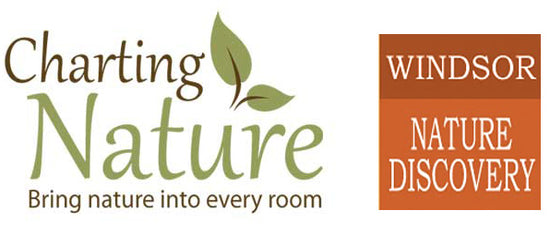The Audubon Effect:

As technology continues to advance and societies become increasingly more knowledgeable to due the availability of information on the internet, art and science frequently intersect. From visual dictionaries to colorful cross-sections of fruit fly embryos, art furthers learning by illustrating the truths about our world.
Many scientists agree. In the book The Art of  Leadership: Building Business-Arts Alliances, Randall L. Tobias, Chairman of the Board and CEO of major pharmaceuticals company Eli Lilly and Company speaks of the importance of art in scientific achievements: “The arts foster creativity, and creativity is central to our business strategy. Indeed, we believe there is a strong link between the creativity nurtured by the arts and scientific creativity.”
Leadership: Building Business-Arts Alliances, Randall L. Tobias, Chairman of the Board and CEO of major pharmaceuticals company Eli Lilly and Company speaks of the importance of art in scientific achievements: “The arts foster creativity, and creativity is central to our business strategy. Indeed, we believe there is a strong link between the creativity nurtured by the arts and scientific creativity.”
Our modern society wasn't the first one to recognize the value art provided to science. The 17th and 18th centuries were a time of exploration with the establishment of new frontiers in the west. The Renaissance had inspired society to endlessly pursue of knowledge, the Europe remained hungry for information about the Americas. Artists who honed their craft drawing from nature quickly seized upon the opportunity to document the wildlife they encountered, collecting specimens and capturing their likeness with pinpoint accuracy.
The great John James Audubon was as much an explorer as he was an artist. After moving to North America from Nantes, France at age 18 to escape the conscription, he lived at his family's home in Mill Grove where he met his wife, Lucy. There, Audubon studied and painted birds, for which he has always held a fascination. He opened a general store, but its poor performance eventually drove the family to Henderson, Kentucky, where they hoped the store would fare better.
It didn't; the business went bankrupt, and Audubon decided to pursue a more creative career in order to feed his wife and two children. He left his wife and children at home to float down the Mississippi, painting the birds he encountered along the way in their natural habitats. His goal? Illustrate every species of bird in North America.
On his journeys he lived like an outdoorsman, hunting for food and gathering his specimens. His creative output was extraordinary, and in addition to producing one painting a day he painted portraits for locals along the Mississippi to fund his travels.
Audubon's paintings were exquisite. His illustrations paired the fineness of his adroit brush strokes with the accuracy of careful observation and recording. From his Peregrine falcons ravenously feasting on lifeless mallard ducks to the gentle nuzzling of his Key West Doves, his ornithological work was highly valued by scientists and curious minds across the Atlantic, and in 1827 he published the first of his art subscription series, titled “The Birds of America,” which in total featured 435 life-size prints made from engraved copper plates. The book was a hit in Britain, and Audubon’s  place in history was secured. Audubon wasn't the only visual scientist of the 18th century. Others include painter Pierre-Joseph Redouté, the “Raphael of Flowers,” who painted commissioned flowers during the French Revolutionary War and accompanied Bonaparte on his expedition to Egypt in order to catalog what he saw; Louis Agassiz Fuertes, a fan of Audubon's who traveled the Americas and parts of Africa to paint newly discovered species of birds; Ferdinand Bauer, an Austrian painter who documented plant life and other wildlife in Australia under the direction of botanist Robert Brown; and many, many others. These artists didn’t just illustrate wildlife; they studied it religiously, often learning from botanists, mycologists, and zoologists to better understand what they were depicting.
place in history was secured. Audubon wasn't the only visual scientist of the 18th century. Others include painter Pierre-Joseph Redouté, the “Raphael of Flowers,” who painted commissioned flowers during the French Revolutionary War and accompanied Bonaparte on his expedition to Egypt in order to catalog what he saw; Louis Agassiz Fuertes, a fan of Audubon's who traveled the Americas and parts of Africa to paint newly discovered species of birds; Ferdinand Bauer, an Austrian painter who documented plant life and other wildlife in Australia under the direction of botanist Robert Brown; and many, many others. These artists didn’t just illustrate wildlife; they studied it religiously, often learning from botanists, mycologists, and zoologists to better understand what they were depicting.
Beyond the fact that the surviving paintings, plates, and lithographs from this period are now highly valued antiques, there is something still so magical about these illustrations and their creators. Audubon and other turn-of-the-18th-century artists weren't just drawing what was popular. They were adding to larger body of knowledge, giving society a glimpse into the hidden wonders of natural world. These realistic depictions plant-life, mushrooms, fish, and birds were used to teach as much as they were used to please the eye. Science had inspired art, and art had created science. Let us appreciate these legends not only as artists, but as adventurers, documentarians, and most importantly, as scientists.
- Tags: History
- Robert Donahue

Comments 0